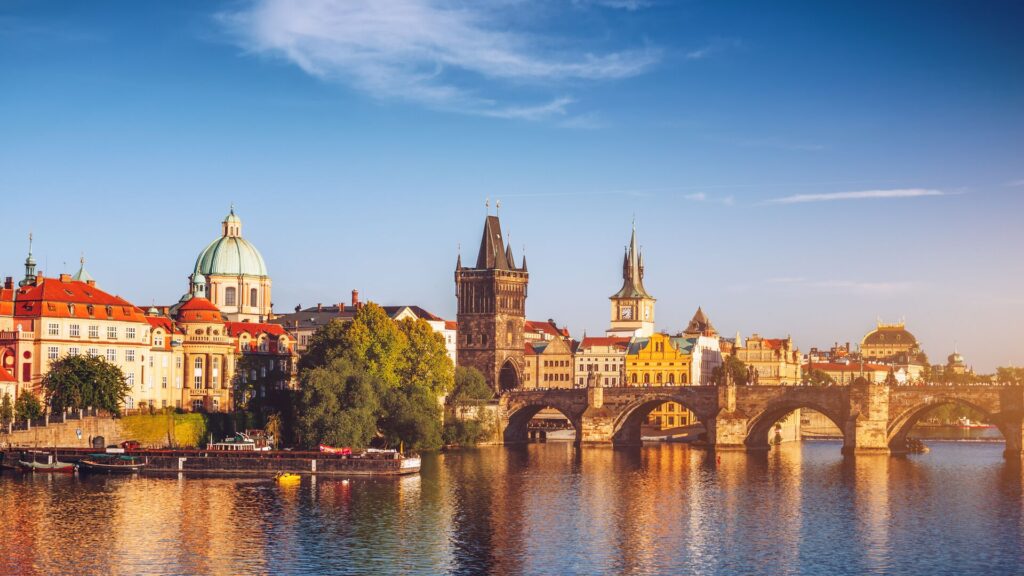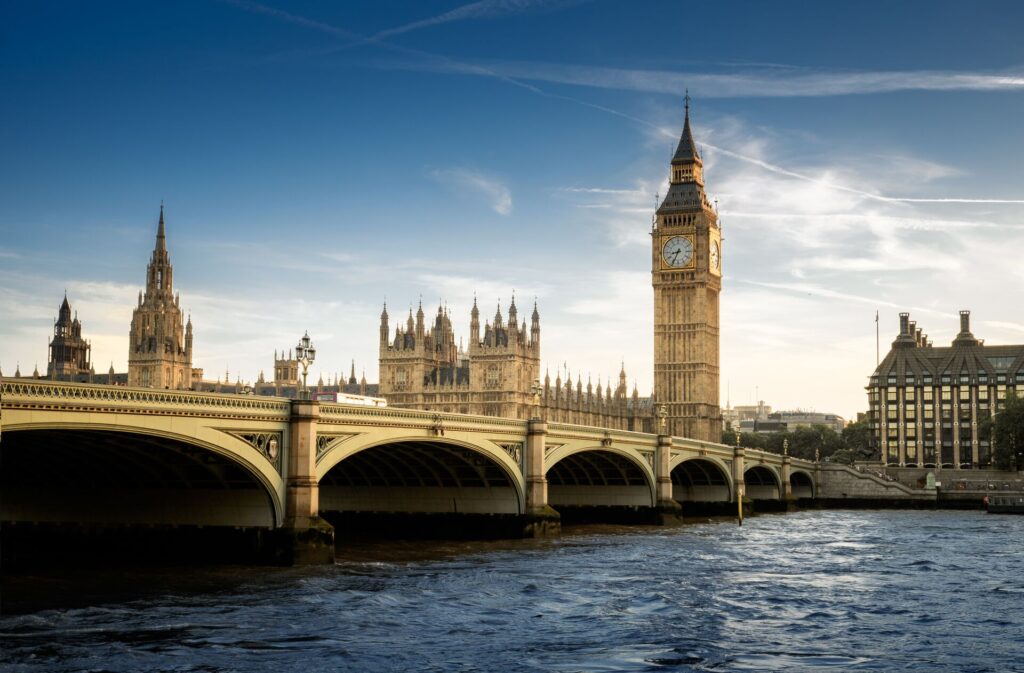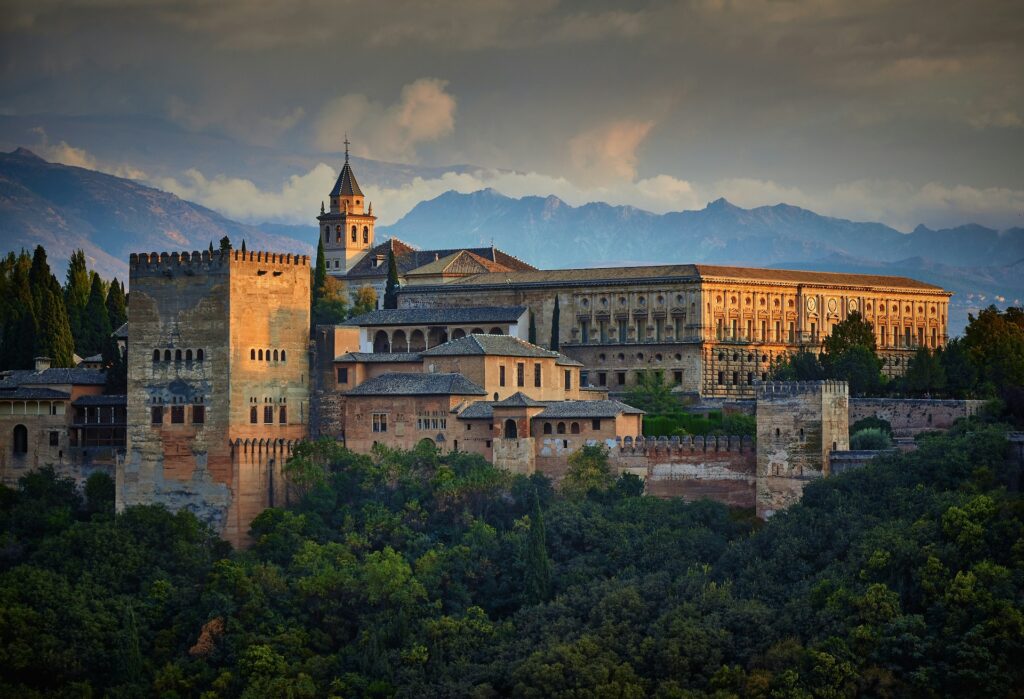While flamenco holds international fame, even recently recognized by UNESCO, not much is known about the artform. The flamenco story is mysterious, recondite, and contentious, and explanations for its evolution are still up for debate. However, consensus reigns that Seville is its spiritual birthplace, and most responsible for its worldwide fame, making it the best place in the world to watch flamenco.
There is no better way to learn about the history of flamenco than to visit Spain yourself and learn from an expert guide. Our Best of Spain & Portugal tour takes you through Spain’s different regions from Andalusia to Catalonia, where you’ll learn about Iberia’s fascinating history. One key stop on your journey is Seville, where flamenco reigns supreme.
HISTORY OF FLAMENCO
While there is no sole reason or event that created flamenco, it’s said that the art comes from a blending of various cultures, catalyzed by the Roma migration to Spain. The Gitanos (gypsies) traveled through various lands, picking up folk dances, songs, and instruments along their journey. Once they settled in Andalusia, southern Spain, the Gitanos met and interacted with the Sephardic Jewish and Moor cultures endemic to Iberia. Within this cultural amalgamation, over centuries, the unique art we know as flamenco was produced.
In the 19th century, flamenco was further developed and then popularized in specialized bars throughout Seville. The first of them opened around 1885, and then more spread throughout Andalusia and Madrid
When watching flamenco, one must take heed of el duende. It lacks a direct translation, but what duende means is the energy and spirit of the show: the passion displayed by the performers.
When watching flamenco, one wants to be able to truly feel el duende as if it were something physical you could touch. The energy behind the singing, the emotion of the instruments, and the passion of the dancing all must unify. Flamenco, however, isn’t tied to one single emotion. Instead, it runs the gamut of human expression. A performance could display the gitano’s crippling angst against their historic mistreatment, a defiant protest against authoritarianism, or passionate sensual energy between the bailaor and bailaora.
Also read: Revenge travel: the 2022 travel trend taking the industry by storm
WHERE TO WATCH FLAMENCO
La Carbonería is a small, unassuming bar that is difficult to find and has no sign at its entrance. That said, it is situated within the very heart of Seville, and similarly, at the heart of the city’s flamenco scene. It is one of the liveliest flamenco bars with live music almost every night, while remaining intimate and personal. Its innocuous mystique perfectly mirrors that of flamenco’s enigmatic history
Next is Casa de Flamenco. This bar exudes the true passion of flamenco in its performances. There’s no need to try and translate el duende when you can just come and feel it for yourself. Experience the pounding rhythm, emotional singing, and jaleo – ‘hell raising’, a form of call and response that involves clapping, stomping, and whooping from the audience.
The next bar, Mantoncillo, is in Triana, the old gypsy neighborhood of Seville. This gives it some stock due to historical relevance, considering flamenco’s Roma background. This bar is the best place to see improvised flamenco at its most traditional. At times there’s no organized show, just aficionados, coming and sharing in musical joy with no preset plan. This bar may not offer large, raucous dancing, just simply guitarists and singers, with patrons sharing a couple of simple flamenco dances while having a drink.



